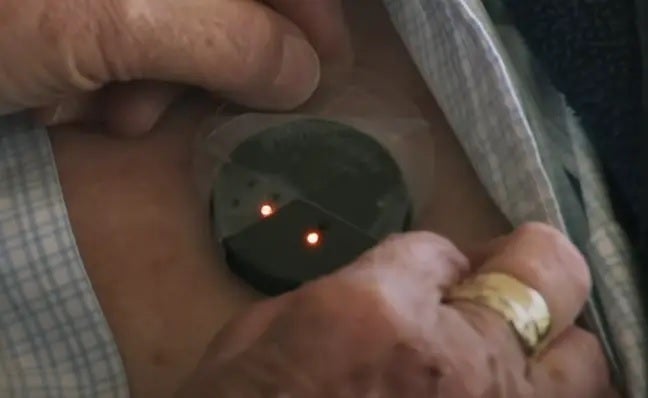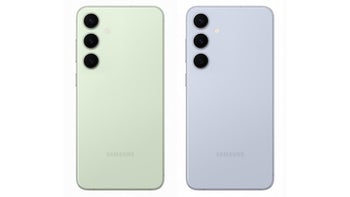Medical breakthrough allows patients to tap iPad screen with their thoughts

It sounds like an absurd superpower granted to a character in the Marvel Cinematic Universe (MCU), but scientists have discovered a way for people to send messages from their brains to an iPhone or iPad. A company called Synchron has been given the green light from the FDA to conduct clinical trials. The goal is to make it possible for those with a disease like ALS (Amyotrophic Lateral Sclerosis better known as Lou Gehrig's Disease) to communicate with others.
ALS prevents people from voluntarily moving their muscles eventually leaving them unable to breathe, talk, write, walk, or eat on their own. But with the use of a brain implant and a device called the Synchron Switch, those afflicted with the disease will can send messages to an iPhone or iPad. The device works with sensors called a 'Stentrode' which is inserted into the top of the brain using a blood vessel. This can be done using a minimally invasive procedure instead of a more extensive neurosurgery operation.
Just thinking about tapping his foot allows a Synchron clinical trial patient to tap the screen of an iPad
Once inserted, the sensors are controlled wirelessly using a device called the Synchron Switch which is placed on the patient's chest. The parts made by Synchron are expected to be permanent parts of the patient's body and so far four have had them installed for over a year without any problems. Overall, Synchron is testing this on six patients although retired software salesman Rodney Gorham, in Melbourne, Australia, is the first to use it with an Apple device.


For example, while Gorham suffers from ALS, if he thinks about tapping his foot, his iPad receives a signal as though he is tapping his finger on the tablet's touchscreen. Gillian Hayes, a professor of informatics at the University of California, Irvine, says that Synchron has come up with a big breakthrough. "What's really exciting about this project, of course, is that they've done something really innovative and connected it into something that's standard," Professor Hayes said.

The Synchron Switch on the patient's chest controls the sensors in the patient's brain
Tom Oxley, Synchron's co-founder, and CEO, said that he is "excited about iOS and Apple products because they're so ubiquitous." Eventually, patients unable to communicate due to ALS or some other kind of debilitating disease might be able to think about what they want to say and have the thought turn into a message on an iPhone or iPad. We are still several years away from making this a smooth, seamless process. Synchron likens this to Bluetooth for the brain.
Synchron hopes to help those with ALS and other diseases communicate their thoughts
At the very least, scientists and engineers are on the right path as they hope to make life easier for those who have been hit by some of the cruelest diseases known to man. ALS, for example, does not affect thinking or intelligence. What it does is prevent a person from sharing or communicating their thoughts with others. And that is why Synchron's technology is a big deal.
Imagine being able to think but unable to share these thoughts because of a disease. Can you imagine how frustrating this would be? In the future, Synchron's work might make it possible for patients to rid themselves of these feelings by allowing them to transmit their thoughts to an iPhone or iPad.
The story was posted Saturday by UNILAD, a British internet company. Synchron is based in New York and owns 105 patents. The company says that "Our vision is to restore lives by deciphering the neural code of the brain." You can check out the company's website at synchron.com or by tapping on this link.
At the moment, the company is privately owned and does not have shares trading on a public stock exchange. There is no word on whether an initial public offering (IPO) is in the company's future.













Things that are NOT allowed: